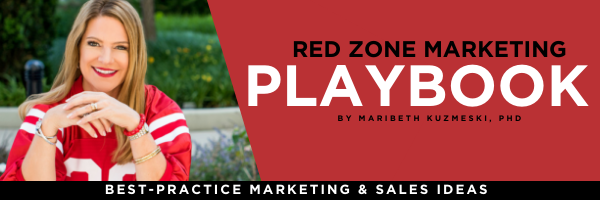Client testimonials have long been powerful tools for businesses, providing genuine feedback and validating services. While the financial sector has been restricted in using this tactic, the times are changing.
Understanding the Historical Landscape
Historically, the Securities and Exchange Commission (SEC) placed strict limitations on registered investment advisor (RIA) marketing methods. Born out of consumer protection concerns, these laws dating back to the 1970s forbade the use of client testimonials in advertising. The digital era, however, brought about a paradigm shift, as consumer habits evolved—95% of consumers now rely on online reviews before engaging with a service.
Acknowledging this change, in May 2021, the SEC revisited its stance, permitting financial advisors to integrate testimonials into their marketing strategies.
Unpacking the SEC’s New Guidelines
With this newfound freedom comes responsibility. The SEC outlines specific criteria for the utilization of testimonials:
Source of Testimonials: Advisors can garner testimonials directly from clients or third-party rating platforms like Google Reviews, Yelp, or Facebook. However, it’s essential to note that testimonial providers automatically gain the “promotor” status.
Disclosures and Transparency: Key guidelines include:
Publicly declaring the nature of the relationship between the financial advisor and the testimonial provider.
Openly acknowledging any paid testimonials.
Ensuring testimonial disclosures are easily accessible and employ layman’s terms.
Highlighting potential conflicts of interest.
Clearly indicating if the testimonial originates from a current or past client.
Adherence to these stipulations is non-negotiable to avoid potential penalization.







